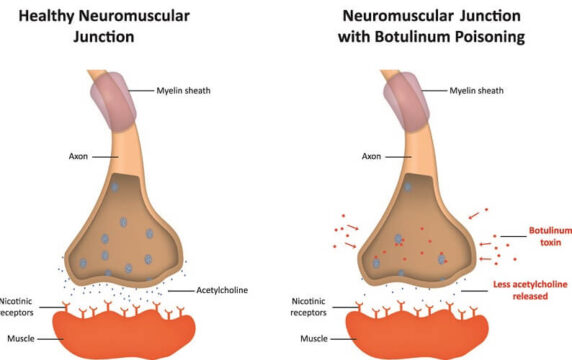Botox Mechanism of Action
Botox is a popular cosmetic treatment that is used to treat a variety of concerns, including wrinkles, fine lines, and excessive sweating. The treatment works by temporarily relaxing the muscles that cause these concerns, but how exactly does it work? In this blog post, we’ll explore the mechanism of action of Botox and how it provides such effective results.
Botox Mechanism of Action

BTX works peripherally by inhibiting acetylcholine (ACh) release at the neuromuscular junction. When ACh is not released, the muscle cannot contract, leading to muscular relaxation. This occurs as BTX breaks down the SNARE proteins responsible for facilitating vesicle-membrane fusion of ACh, preventing its release and therefore relaxing the muscle.
What is Botox?
Botox is a form of botulinum toxin, a neurotoxin that is produced by the bacterium Clostridium botulinum. Botox is used for cosmetic purposes to temporarily relax the muscles that cause wrinkles and fine lines. The treatment works by blocking the release of acetylcholine, the neurotransmitter that is responsible for transmitting signals from the nerve endings to the muscles.
How Does Botox Work?
Botox Mechanism of Action blocks the release of acetylcholine, the neurotransmitter that is responsible for transmitting signals from the nerve endings to the muscles. When Botox is injected into a muscle, it temporarily blocks the release of acetylcholine, which prevents the muscle from contracting. Without the signal from acetylcholine, the muscle is unable to contract, which temporarily relaxes the muscle and reduces the appearance of wrinkles and fine lines. The effect of Botox is temporary and will wear off as the body naturally metabolizes the toxin over time.
